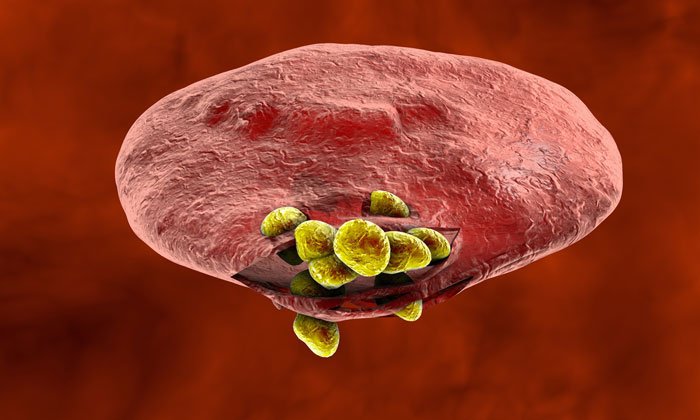The spreading mechanism of malaria parasites provides new drug target
Posted: 22 February 2018 | Drug Target Review | No comments yet
A team of researchers in the UK have discovered crucial new processes that allow malaria parasites to escape red blood cells and infect other cells, thus offering potential new treatment targets.


The team are already working with pharmaceutical companies to apply this knowledge in the development of new antimalarial drugs – a critical step in the battle to combat drug-resistant malaria.
Commenting on the reason behind their ambition to approach the disease from a different angle, Professor Mike Blackman, Group Leader at the Francis Crick Institute, who led the research, said: “Over 400,000 people die of malaria each year, and resistance to common antimalarial drugs is growing,”
“We’re studying the deadliest malaria parasite, Plasmodium falciparum, to try to find new drug targets that work in a different way to existing treatments.”
In their latest study the team identified two key proteins that malaria parasites need to escape red blood cells and infect fresh cells. The research was carried out in collaboration with the Proteomics Science Technology Platform at the Crick as well as scientists at Birkbeck College, King’s College London and the London School of Hygiene & Tropical Medicine.
“We’ve already started collaborating with GSK to see if designing drugs that target these proteins could form the basis of a new antimalarial drug,” says Dr James Thomas, Crick postdoctoral scholar and joint first-author of the paper.
When malaria parasites invade red blood cells, they form an internal compartment where they replicate many times before bursting out of the cell and infecting more cells. In order to escape red blood cells, the parasites have to break through both the internal compartment and the red cell membrane.
The team used genetic knockout experiments – a technique that renders a particular gene inoperative – to show that a protein called SUB1 is essential for the parasite to break through the internal compartment, while SERA6 – which is activated by SUB1 – is essential for the parasite to break through the red blood cell membrane.
Using analytical tools, the team then figured out how SERA6 breaks through the blood cell membrane. Crick PhD student and joint first-author Michele Tan explains: “There is a strong chicken wire-like meshwork that sits under the red blood cell membrane to provide strength and support. We found that SERA6 cuts the chicken wire, causing the blood cell membrane to collapse and rip open so that the parasites can escape.”
The team’s study was published in Nature Microbiology.
Related topics
Disease research, Drug Targets
Related conditions
Malaria
Related organisations
Birkbeck College, Francis Crick Institute, King's College London, London School of Hygiene & Tropical Medicine
Related people
Dr James Thomas, Michele Tan, Prof Mike Blackman



